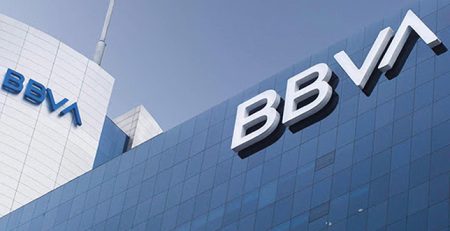Algorithmic Management: The New Frontier of Workforce Optimization
🧭 Algorithmic Management: The New Frontier of Workforce Optimization
Introduction: The Rise of Algorithms in the Workplace
In today’s rapidly evolving world of work, the line between human management and machine intelligence is increasingly blurred. Organizations across industries are integrating algorithmic management systems — data-driven tools that automate or augment managerial functions such as task assignment, performance evaluation, and workforce scheduling.
From logistics and e-commerce to finance and professional services, algorithms are now shaping how work is distributed, monitored, and rewarded. This shift represents a new era in workforce optimization — one that promises efficiency but also raises profound questions about trust, ethics, and human autonomy.
What Is Algorithmic Management?
Algorithmic management refers to the use of data analytics, artificial intelligence (AI), and machine learning to perform traditional management tasks. These systems analyze vast amounts of employee data — including performance metrics, communication patterns, and behavioral indicators — to optimize decisions in real time.
Examples include:
-
Uber and Deliveroo, where algorithms assign jobs and evaluate driver performance.
-
Amazon warehouses, where AI monitors productivity and guides workflow pacing.
-
Corporate environments, where algorithms are used in recruitment, project allocation, and employee engagement analytics.
The Business Case for Algorithmic Management
The appeal is clear: algorithmic management offers precision, scalability, and predictive power that traditional human management often lacks.
Key benefits include:
-
Enhanced Productivity: Algorithms identify inefficiencies and optimize task allocation for maximum output.
-
Data-Driven Decision-Making: Leaders gain real-time insights into workforce performance trends.
-
Cost Reduction: Automation of repetitive managerial tasks frees up human managers for strategic work.
-
Fairness and Consistency: Decisions based on standardized data can reduce bias — when designed correctly.
In a competitive global economy, this form of algorithmic efficiency is increasingly being seen as essential to operational excellence.
The Ethical and Human Implications
Despite its advantages, algorithmic management is not without risk. The opacity of algorithms, their potential for bias, and their impact on employee autonomy have become pressing ethical concerns.
Challenges include:
-
Data Privacy: Employees often lack visibility into how their data is collected, used, or shared.
-
Algorithmic Bias: AI systems can replicate or amplify societal inequalities if trained on biased datasets.
-
Dehumanization of Work: Excessive automation of oversight can erode trust, creativity, and engagement.
-
Psychological Pressure: Constant monitoring and data-driven evaluation can heighten workplace anxiety.
In response, leading organizations are exploring “responsible algorithmic management” frameworks — integrating transparency, explainability, and fairness into AI-powered HR systems.
The Human + AI Management Model
The future of management is not “AI versus humans,” but rather “AI with humans.”
Organizations that succeed in the next decade will design hybrid management systems — where algorithms handle data-driven optimization, and human managers focus on empathy, mentorship, and contextual judgment.
Core principles for effective Human-AI management include:
-
Transparency: Communicate clearly how algorithms influence decisions.
-
Accountability: Ensure human oversight in critical judgments affecting people.
-
Explainability: Use interpretable models that allow employees to understand algorithmic logic.
-
Ethical Governance: Create cross-functional ethics boards to review algorithmic impact on workers.
Case in Point: Leading the Change
Companies like Microsoft, Accenture, and Unilever are investing heavily in ethical AI frameworks and algorithmic transparency. Unilever, for instance, uses AI in its hiring process but combines it with human interviews to preserve fairness and inclusivity.
Meanwhile, EU regulations on AI accountability and workforce monitoring are setting global precedents for algorithmic governance. Organizations that anticipate these regulatory shifts — and align with ethical AI practices early — will position themselves as trust leaders in the digital workplace.
Conclusion: The Future of Workforce Optimization
Algorithmic management is redefining how organizations think about productivity, fairness, and leadership. As algorithms become the invisible managers of modern work, the challenge for business leaders is not just adopting the technology — but doing so responsibly.
The organizations that thrive in this new era will not be those that automate the most, but those that humanize the algorithmic experience — creating workplaces where data enhances, not replaces, human judgment.
💡 H.G&W Insight
At H.G&W, we believe the future of management lies in ethical innovation — where data, technology, and human intelligence coexist harmoniously. As organizations embrace algorithmic management, the key will be building systems rooted in transparency, inclusion, and trust.
The next frontier of workforce optimization isn’t just about smarter machines — it’s about more humane leadership.











Leave a Reply